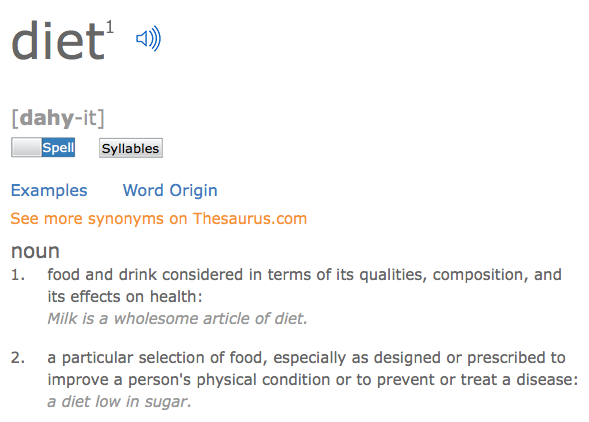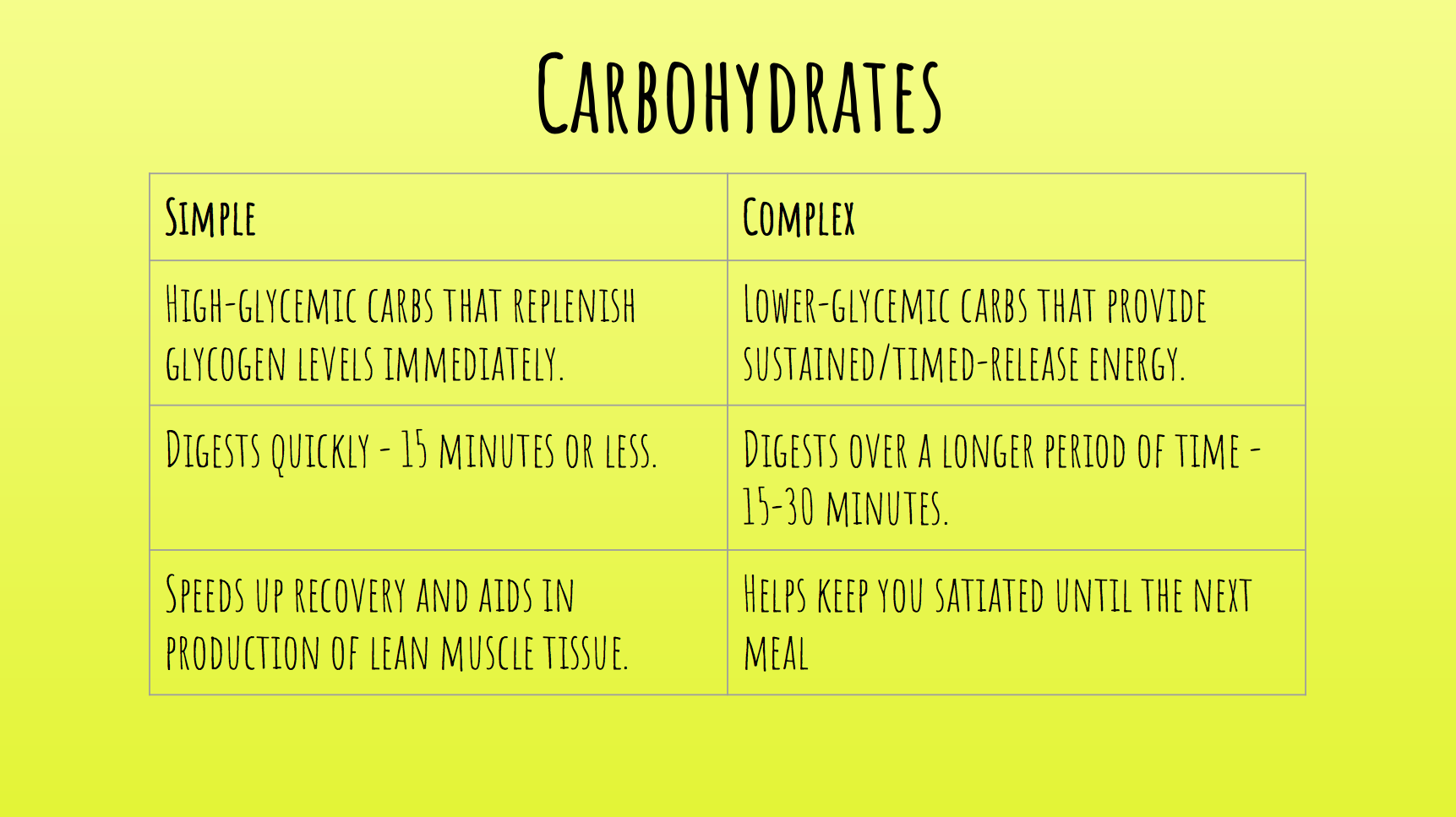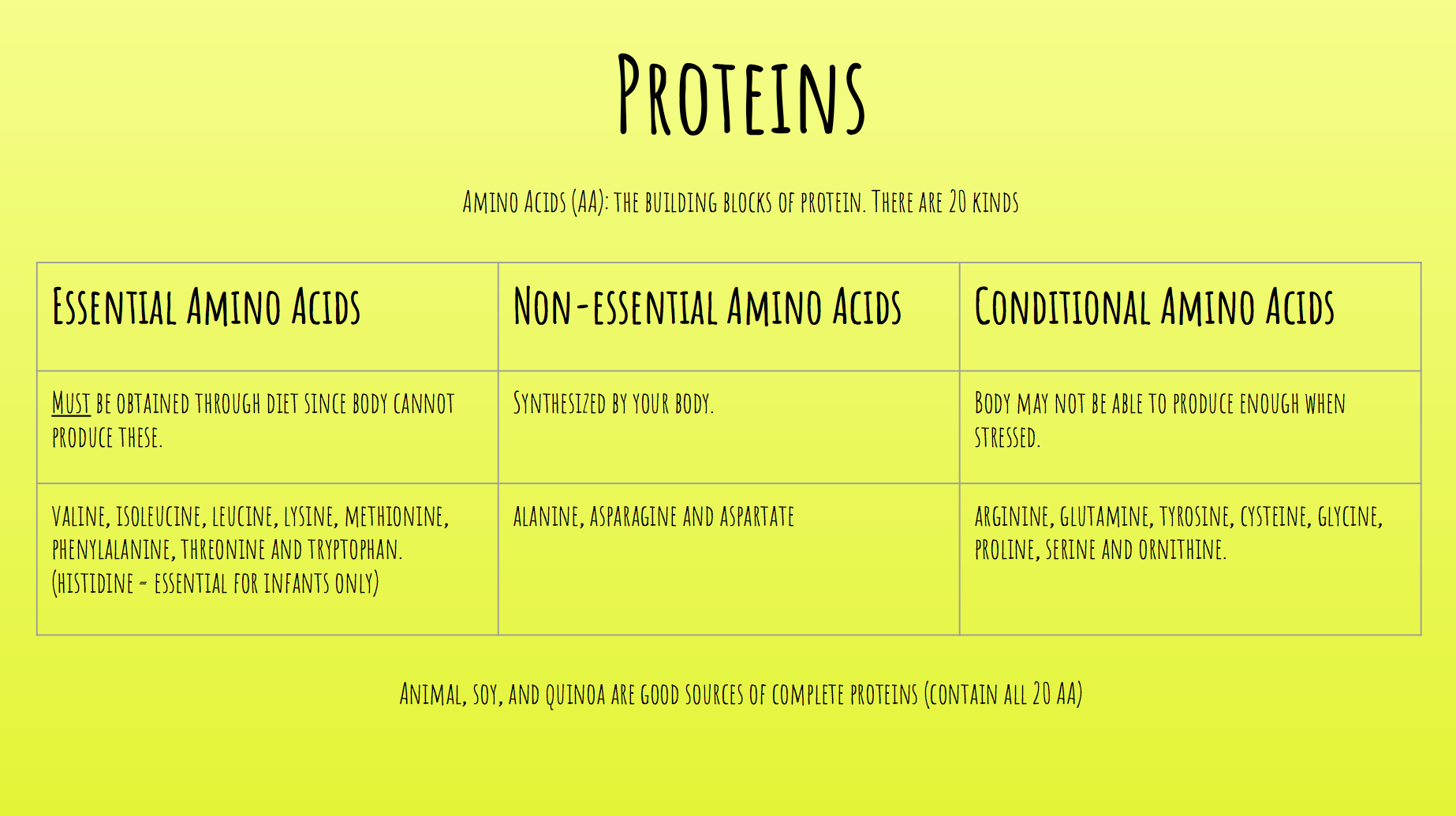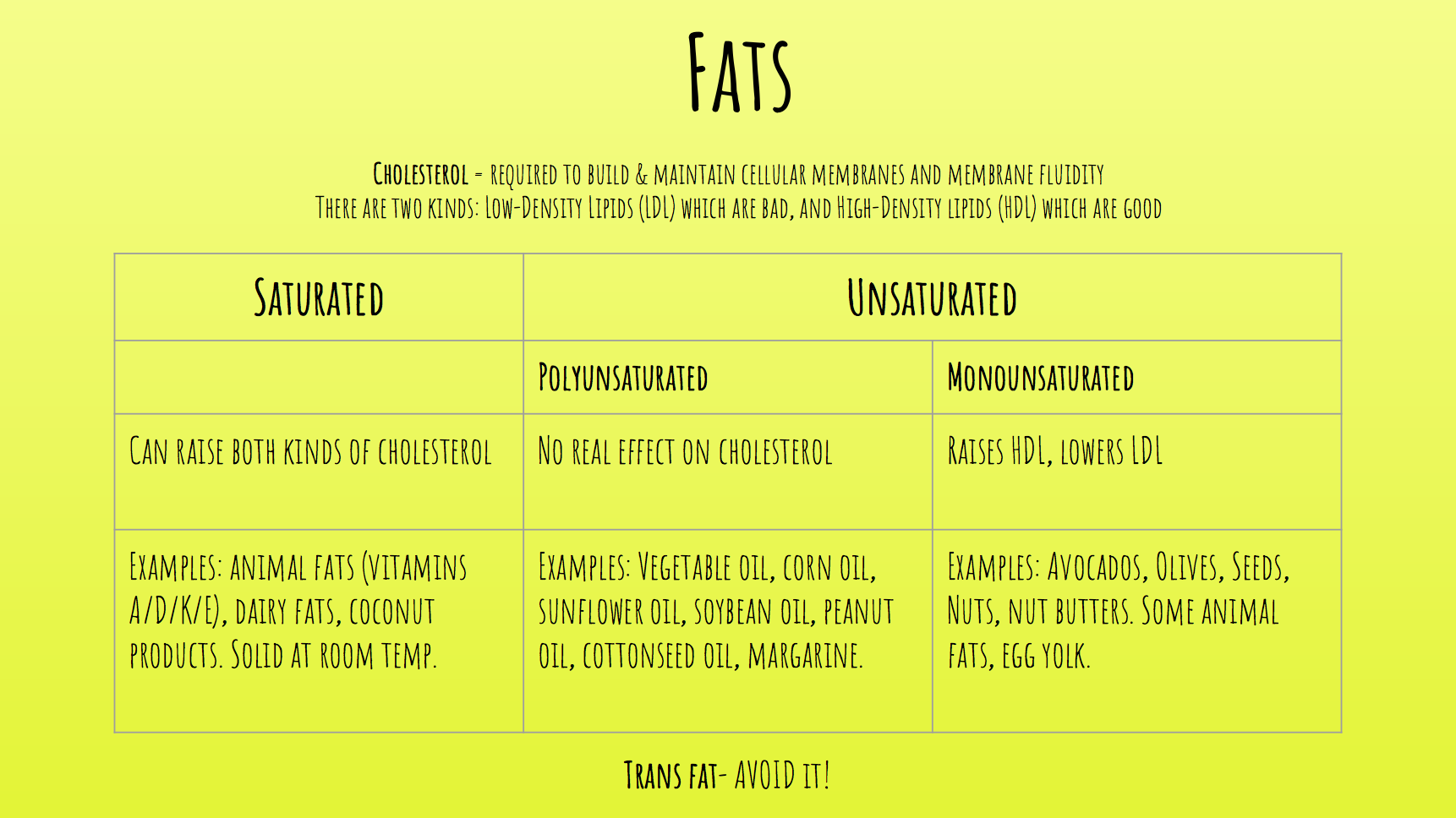Quality First, Quantity Second (3/5)
Read about our 2017 Nutrition Challenge and register here.
“Eat meat & veggies, seeds & nuts, some fruit, little starch.” will continue to be one of the philosophies we follow in nutrition.
There are multiple reasons we focus first on quality.
Hormonal Balance
First off, we have to think of nutrition as a way to control our blood chemistry and hormonal balance? If this is out of whack we get moody or sleepy, experience head and body aches, promote or control inflammation, and more. Quality allows us to get the right things human bodies need. Quantity can unfortunately skip some important steps we require for good health. You might be able to perform well on quantity alone, but it’s not sustainable for a long period of time. (I’m look at you IIFYM people!)
As an example if we take a regular-sized Snickers bar, no doubt thinking about one of their commercials, and put their claim of “Snickers satisfies” to the test we’ll find that one 52.7g bar yields us
33g carbohydrate
4g protein
12g fat
For a real food equivalent of this, it would take
less than a full bite of a lean chicken breast
a large banana
approximately 7 to 8 raw almonds
Since we should all know that all carbohydrates are not created equal:
and all proteins are not created equal:
and all fats are not created equal:
The Snickers bar is definitely more practical since it’s wrapped up, easily available/portable, and obviously tasty as hell, but your blood sugar levels will be much, much higher than the chicken/banana/almonds “meal”. The hormonal response: your fat-burning systems will put on hold because blood sugars rose too high too quick and the pancreas created a large surge of insulin.
The sad lack of protein in the Snickers bar sets up no amino acids to start your regular bodily functions, and in turn the body will start pulling from it’s amino acid stores.
Why is that an issue? YOUR BODY WILL BREAK DOWN YOUR HARD-EARNED MUSCLE TISSUES. This is why there are so many soft bodies that don’t improve beyond a certain point. This is also one of the main causes behind the “Hard Gainer” archetype.
TL:DR: not all macros are the same, quality-wise. By only focusing on numbers (rather than well-sourced foods) you may inadvertently be putting in chemicals and preservatives into your body that sabotage your goals.
Energy Levels = Your Mood, Fatigue, and Soreness
Piggybacking on the last part, good hormonal balance = good energy levels. You know what it’s like to show up to a Saturday morning workout after a non-eventful Friday. Sometimes you come in early, ready to bang one out so that you feel accomplished and ready to go for the rest of the day. Now contrast that with a Saturday morning workout where you went out the night before and partied, had one too many drinks, and stayed up later than you normally do. How do you feel and perform then?
We set ourselves up for success or we don’t. That example is on a small level, but it also happens over the course of a couple of weeks. Months. Years. Look at the nutrition plan of some CrossFit Games athletes. Their social media posts will show how disciplined they are with how they fuel their bodies.
If you’ve never heard us talk about MFS when it comes to journaling, I pulled it from Rudy of The Outlaw Way. From the FAQ:
What does MFS mean?
This is a scale that we use to judge our
athletesexcercisers level of overtraining…M = Mood – F = Fatigue – S = Soreness
The idea is these are the 3 things that are closely related to how you are handling the volume on a daily basis. The rating system goes from 1 being the best you’ve ever felt to 10 being on your death bed. If your post looked like this:
1-1-1: Would be ideal.
10-10-10: Would be REALLY bad.
6-6-6: Would be fucking awesome. OZZY!
Defining each quality further
Mood = your psychological state, consisting of your emotions and feelings. It’s either on a positive or negative side. Bringing anything negative to the gym generally leaves you in bad spots: missing lifts, getting sloppy on technique- potentially leading to injury, not to mention the fact that the time you spend in the gym should be FOR YOU AND FOR YOU ALONE. This is your personal time to develop yourself and while leaving your negative emotions is hard to do, it’s necessary to have successful gym days. If you cannot leave it at the door, just know you can’t expect too much of yourself. Be honest with yourself and use wherever you’re at the best way you can.
Fatigue = “a subjective feeling of tiredness which is distinct from weakness, and has a gradual onset. Unlike weakness, fatigue can be alleviated by periods of rest. Fatigue can have physical or mental causes. Physical fatigue is the transient inability of a muscle to maintain optimal physical performance, and is made more severe by intense physical exercise. Mental fatigue is a transient decrease in maximal cognitive performance resulting from prolonged periods of cognitive activity.” But it’s not only that- we can be more specific and call it Muscle Fatigue: “the decline in ability of a muscle to generate force. It can be a result of vigorous exercise … There are two main causes of muscle fatigue: the limitations of a nerve’s ability to generate a sustained signal (neural fatigue) and the reduced ability of the muscle fiber to contract (metabolic fatigue).” I’m sure you’ve felt all versions of this through heavy weightlifting, intense metcons, and long, repeated efforts. Be mindful of what exercises or exercise combinations really kick your ass so you can better prepare next time.
Soreness: specifically DOMS, Delayed Onset Muscle Soreness, which are “the pain and stiffness felt in muscles several hours to days after unaccustomed or strenuous exercise.” This is the life of a fitness enthusiast. You will live sore, but for all the right reasons. Now, there’s a certain level we’d like you to feel, but it requires practice, time, and experience to realize what makes you sore and long it usually lasts. It’s not a bad thing. We just have to make sure you know how to take care of it. Endurance efforts are great ways to keep working on your fitness while getting some nutrient-rich blood back in the areas that need it the most.
Recording your workout results and variables are important. These particular variables (MFS) can help inform you of why your performance went the way it did, and allow you to better game plan what happens next.
Nutrient Timing
For a lot of people just focusing on quantity of food (counting calories, macros, blocks, etc), they miss the boat on nutrient timing by not spreading the effects of hormonal synthesis. I’ve heard conversations from people of the IIFYM ilk say things like “I guess I’ll put down 50g of protein with my dinner since I missed my last planned protein window an hour ago”.
Remember that hormonal balance and energy levels are dictated by what and how much food you’re eating. Trying to catch up and combine meals doesn’t work for many performance-end goals.
Read more:
+ Insulin Regulation of Blood Glucose – EndocrineWeb
+ IIFYM: The Good, The Bad, The Ugly – T-Nation
+ Is Nutrient Timing Dead? – Precision Nutrition









